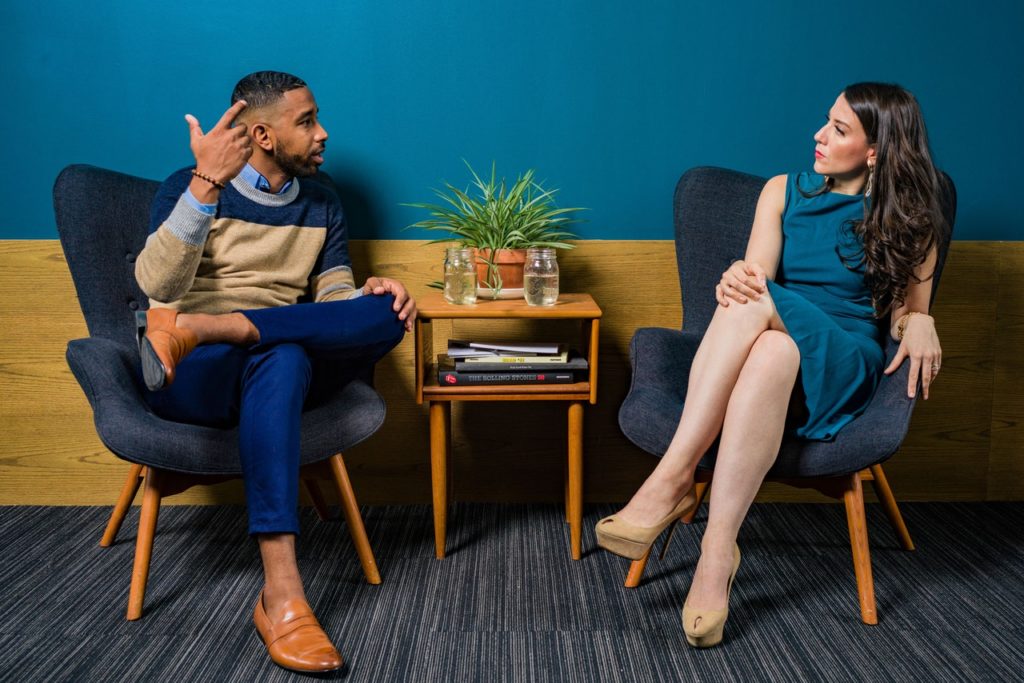Communications skills involve two distinct parts: Speaking, and listening. Many people have quick, lucid speaking skills, but fewer have mastered the techniques of being a good listener. Here are some ideas on how to improve your listening abilities, and some tips to put them into practice.
1- Focus
The first step to becoming a good listener is to focus on the speaker.
Eye contact.
When the other person is speaking, make direct eye contact with them. This gives them an assurance that you are genuinely focused on them, and are hearing what they are saying.
Body language.
If you are sincerely focused on the person speaking, your body will radiate evidence of your attention. Your head will turn in a general direction toward them, the upper body leaning into what they are saying, and your hands and feet will be still, except possibly for an occasional hand gesture in response.
No distractions.
Avoid letting your attention slip away to other things in the room, or to other people. Wait to check your phone or tablet until after the conversation, so you don’t interrupt the connection with your speaker. Keep your focus.
2- React
Once you have established a solid focus on the speaker, you will begin to react to them in other ways.
Facial expressions.
Facial expressions often speak louder than words. You can say you are listening, but your facial expression may indicate otherwise. If you immerse yourself in what the speaker is saying, your facial expressions should follow, and react according to the content.
Emotional reactions.
Along with your facial expressions, other parts of your body can react to emotional or passionate portions of what the speaker is sharing. Everything from your breathing to your posture will react if you are truly engaged with the speaker’s delivery. Let those reactions show so the other person will feel confident in their presentation.
Eye clarity.
It has been said that the eye is the lamp of the body. Your eyes can reflect your thoughts and your feelings, and will give a good indicator to the speaker of how well you are receiving their words. If your eyes look distracted, you probably are. If your eyes are clear and react to the person as they speak, they will see that they are making a successful connection with you.
3- Respond
Once you are well-focused and reacting to the speaker, you can add to the experience with some key responses.
Ask questions.
Asking an occasional question can help establish that you are not only listening, but also thinking about what they are saying and developing questions about the content. Let your questions stay focused on simply clarifying a point, and not to raise direct opposition to what they are saying, unless you feel that is their goal. Be respectful.
Repeat some narrative.
To help assure the speaker that you are listening and receiving what they are saying, you can occasionally repeat a bit of the narrative back to them. Sometimes a simple response such as this can encourage the other person that they are making a successful connection with you.
Comment on the narrative.
As you listen and receive what the other person is saying, you may have comments in response to the content. Constructive thought is almost always welcomed and can help to further develop the conversation.

